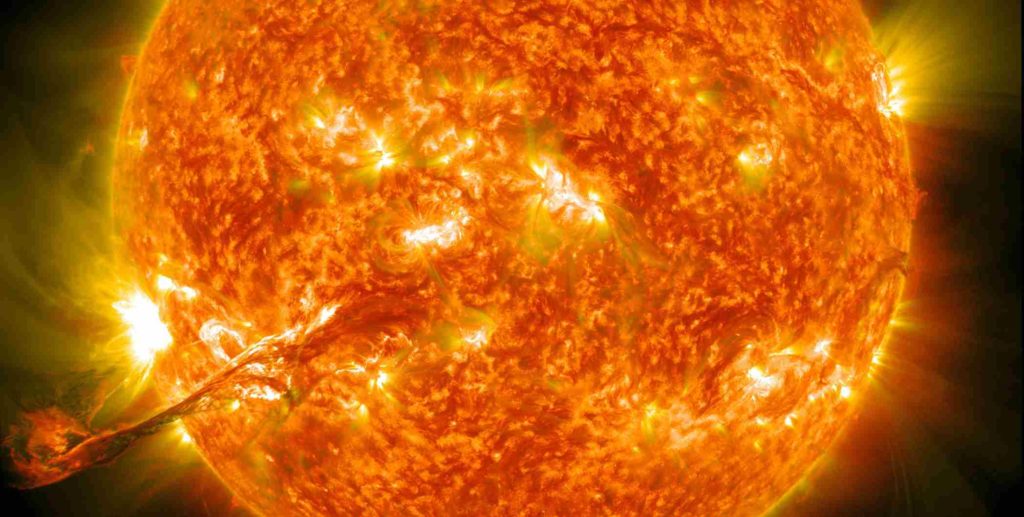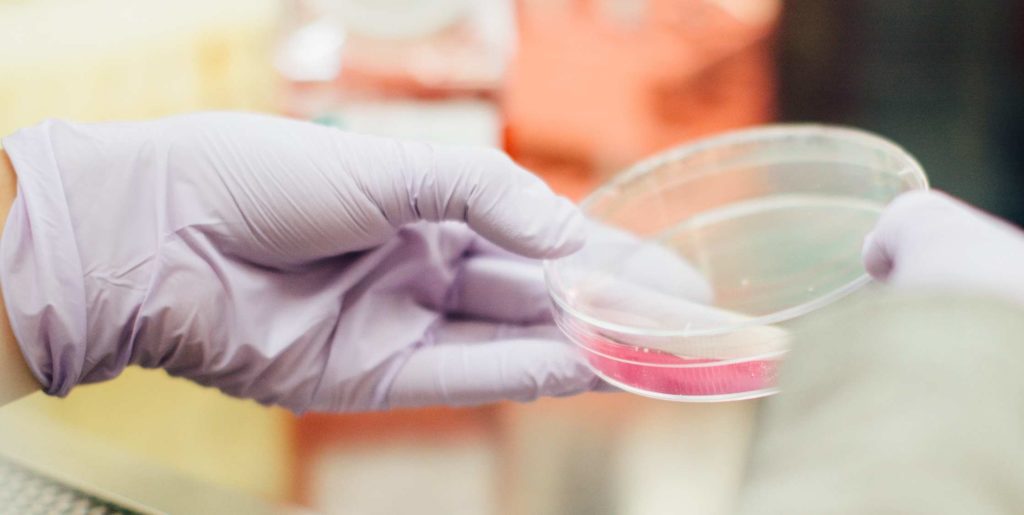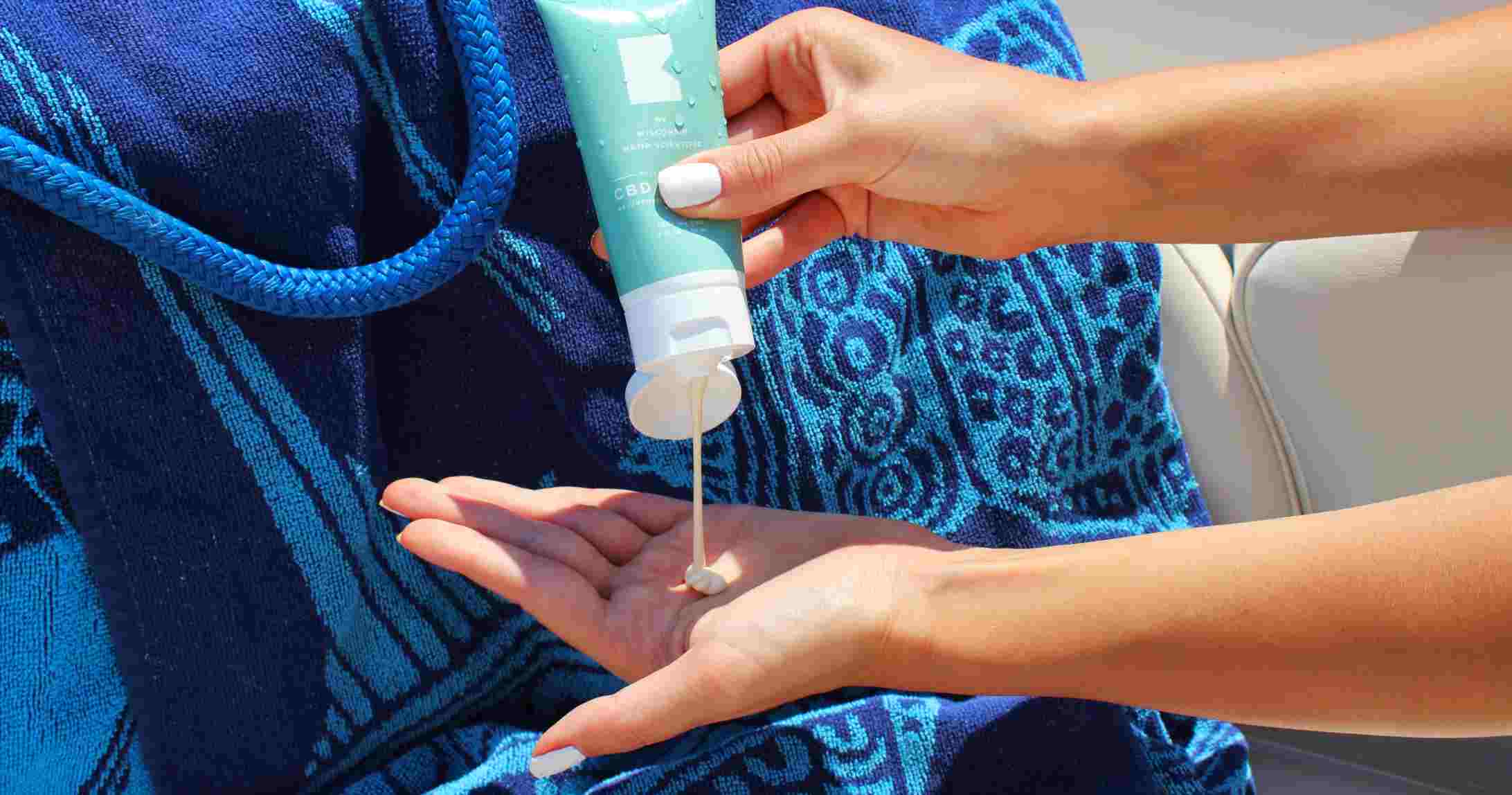Although summer may seem far off, if you’re planning to launch a sunscreen products campaign in Europe during that season, it’s important to begin familiarising yourself with the European sunscreens regulations. Understanding these rules is crucial as they will significantly influence the formulation of your product, especially if you are targeting the European sunscreen market.
Sunscreen product classification in Europe
Unlike other regions, sunscreen products are classified as cosmetic products in the European Union, therefore European sunscreen products must comply with EU Cosmetics Regulation 1223/2009.
The European Commission takes the efficacy and safety of sunscreen products very seriously, which is why it has published a document with a series of recommendations on the efficacy of sunscreen products that every European sunscreen manufacturer must take into account during the development of a sunscreen product.
According to this Recommendation, a ‘sunscreen product’ means any preparation (such as creams, oils, gels, sprays) intended to be placed in contact with the human skin with a view exclusively or mainly to protect it from UV radiation by absorbing, scattering or reflecting radiation.
For a sunscreen product to be considered effective in the European Union, it must protect against UVB and UVA radiation.
- ‘UVB radiation’ means sun radiation in the spectrum 290-320 nm.
- ‘UVA radiation’ means sun radiation in the spectrum 320-400 nm.

Claims and warnings required for European sunscreen products
European sunscreen products, as you may have seen at points of sale, usually have specific claims, such as the sun protection factor (SPF), UVB and/or UVA protection, broad spectrum and sunburn prevention claims. However, the European Commission requests that claims don’t imply the following:
- 100 % protection from UV radiation (such as ‘sunblock’, ‘sunblocker’ or ‘total protection’)
- No need to re-apply the product under any circumstances (such as ‘all-day prevention’).
No sunscreen can provide 100% protection from the sun, which is why European sunscreen products are required to have warnings such as the following:
- ‘Do not stay too long in the sun, even while using a sunscreen product’.
- ‘Keep babies and young children out of direct sunlight’.
- ‘Over-exposure to the sun is a serious health threat’.
It is also recommended to include instructions for use on the sunscreen product labelling to ensure consumers use it correctly and the claims on the label can be verified. Providing information on the correct amount of product to apply is crucial for effectiveness. Additionally, it is important to include warnings about the consequences of reducing the recommended amount of product used.
- ‘Apply the sunscreen product before exposure’.
- ‘Re-apply frequently to maintain protection, especially after perspiring, swimming or towelling’
- ‘Warning: reducing this quantity will lower the level of protection significantly’.
Sunscreen efficacy
As we mentioned before, European sunscreen products must protect from UVB and UVA radiation.
The European Commission, through the Recommendation, has established a minimum efficacy that sunscreen products marketed in the European Union must have. For this, it has given details on three key aspects directly related to efficacy: UVB protection, UVA protection and Critical Wavelength.
- UVB protection: A European sunscreen product must have a sun protection factor (SPF) of at least 6. A product with an SPF below 6 cannot be classified as a sunscreen product.
- UVA protection: The UVA protection factor must be 1/3 of the sun protection factor.
- Critical Wavelength: The minimum critical wavelength of a sunscreen product must be 370 nm.

Efficacy testing of sunscreen products
To accurately measure the protection level of European sunscreens, it is essential to conduct various tests on the product using specific, valid methods. The Recommendation specifies that these methods should be standardised and reproducible, and must also consider photo-degradation.
Preference is often given to in-vitro methods. Only certain validated methods are recognized for conducting these tests to determine the sunscreen’s SPF, UVA protection, and critical wavelength.
- Sun Protection Factor (SPF) test: It must be carried out according to the International Sun Protection Factor Test Method (ISO-EN-UNE 24444, in vivo) or any in vitro method.
- UVA Protection test: This information must be obtained using the Persistent Pigment Darkening Method as modified by the French health agency Agence française de sécurité sanitaire des produits de santé – Afssaps (ISO-EN-UNE 24443) or any in vitro method.
- Critical Wavelength test: It must be carried out using the Critical Wavelength Testing Method (ISO-EN-UNE 24443).
The results from these tests will allow for various claims to be made about the product. It’s important that these claims are clear, unambiguous, and meaningful, and they must be based on standardised, reproducible criteria. For instance, claims about protection against UVB and UVA rays can only be made if the product achieves the minimum efficacy standards. Depending on these results, the product should then be classified into one of the following protection categories: ‘low’, ‘medium’, ‘high’, or ‘very high’.
Below is a chart that outlines the protection category based on the SPF results obtained from testing. This chart also specifies the SPF levels that can be labelled on the product according to these results.
| Labelled category | Labelled sun protection factor | Measured sun protection factor | Recommended minimum UVA protection factor | Recommended minimum critical wavelength |
|---|---|---|---|---|
| Low protection | 6 10 | 6-9.9 10-14.9 | 1/3 of labelled sun protection factor | 370 nm |
| Medium protection | 15 20 25 | 15-19.9 20-24.9 25-29.9 | ||
| High protection | 30 50 | 30-49.9 50-59.9 | ||
| Very high protection | 50+ | ≥ 60 |
And remember, as with any other cosmetic product, any additional claims made on a European sunscreen product must be supported by evidence. If a sunscreen meets the minimum efficacy standards, it can feature claims such as “Broad Spectrum” or “UVA protection.”
Furthermore, Cosmetics Europe, the European trade association for the cosmetic and personal care industry, has introduced a standardised logo that is now used by many brands. By displaying this logo on their products, European sunscreen manufacturers can assure consumers that the sunscreen offers the necessary protection against both UVB and UVA rays and that this protection has been verified using standardised testing methods.

Therefore, when formulating and developing European sunscreen products, it’s crucial to carefully select a UV filter or a combination of UV filters. This ensures that the resulting product not only meets the minimum required efficacy but also becomes a top-choice product for individuals seeking effective sun protection.
You might be interested in reading further articles on the topic like the Nanomaterials used in cosmetic products or Ban on new ingredients in cosmetics.



